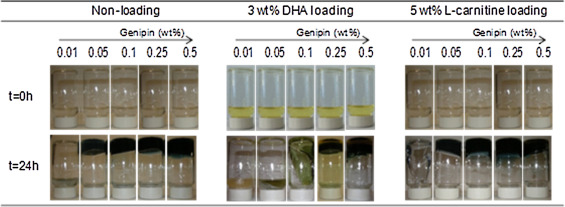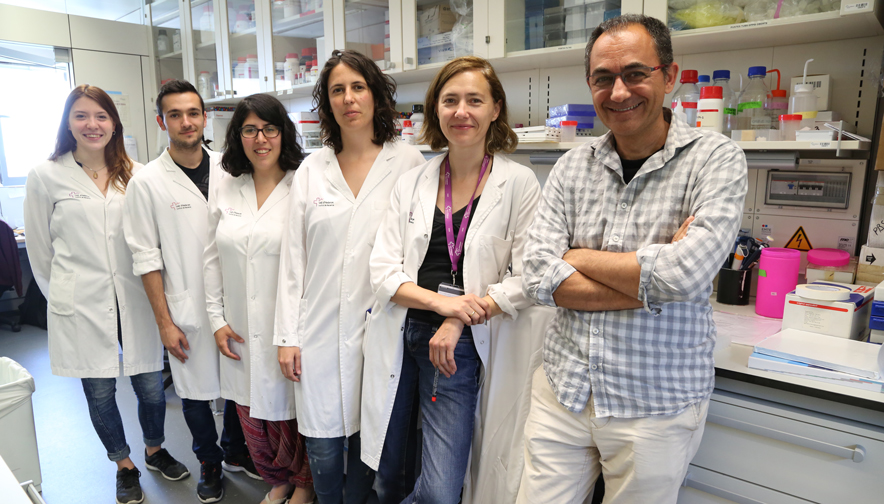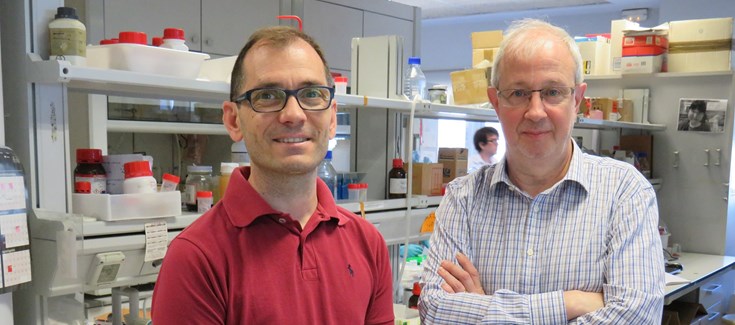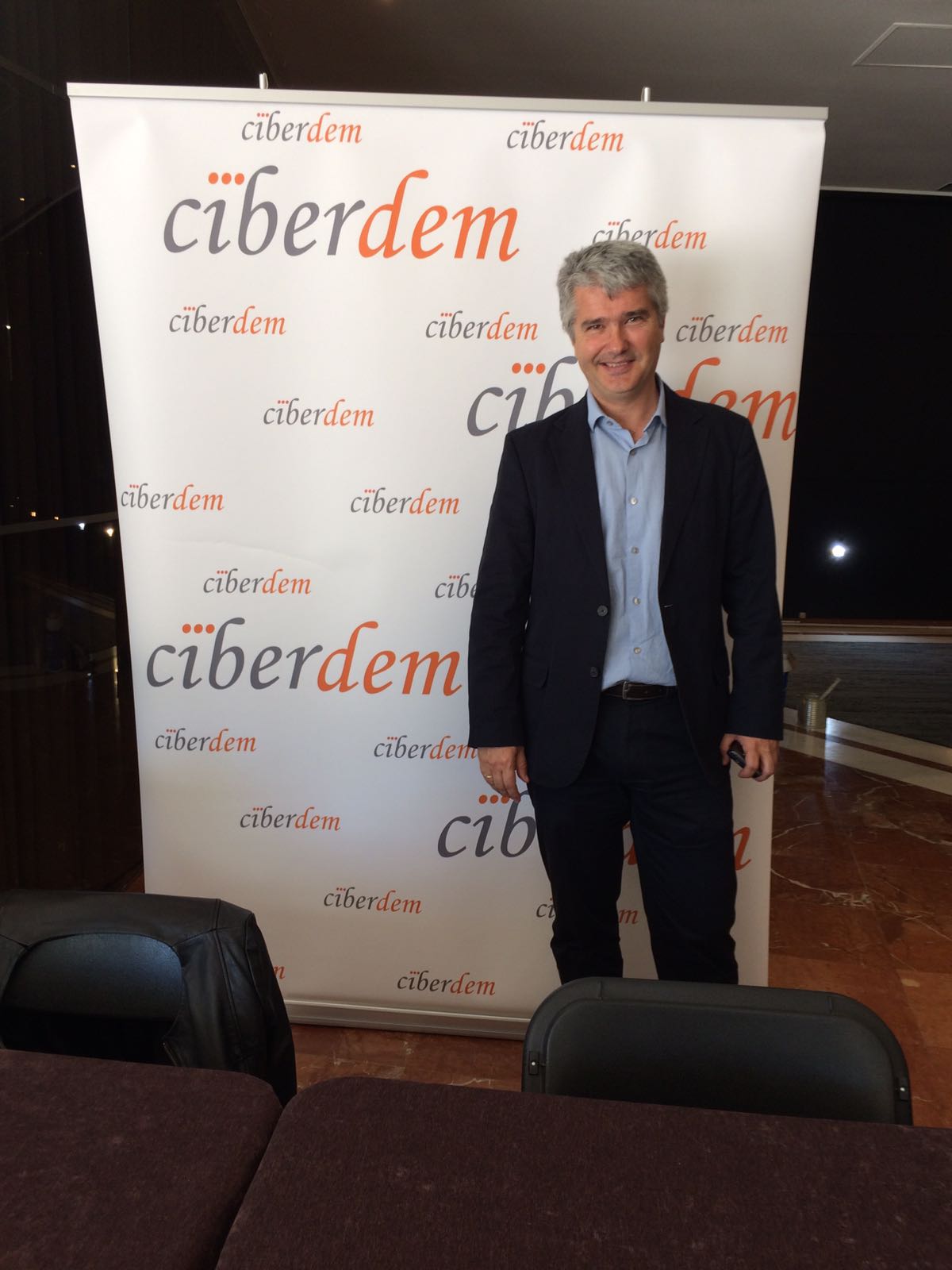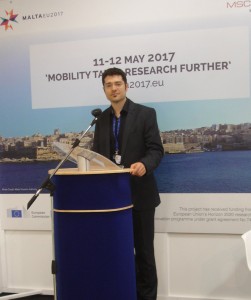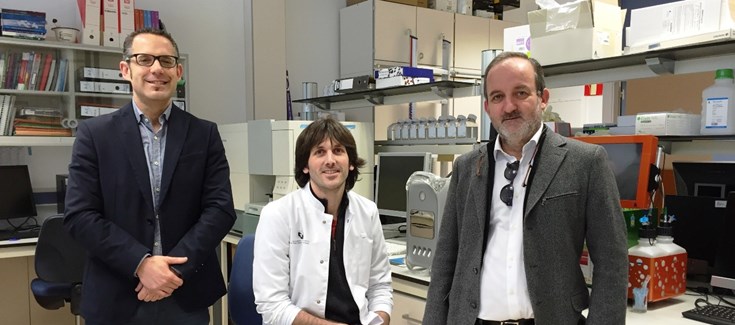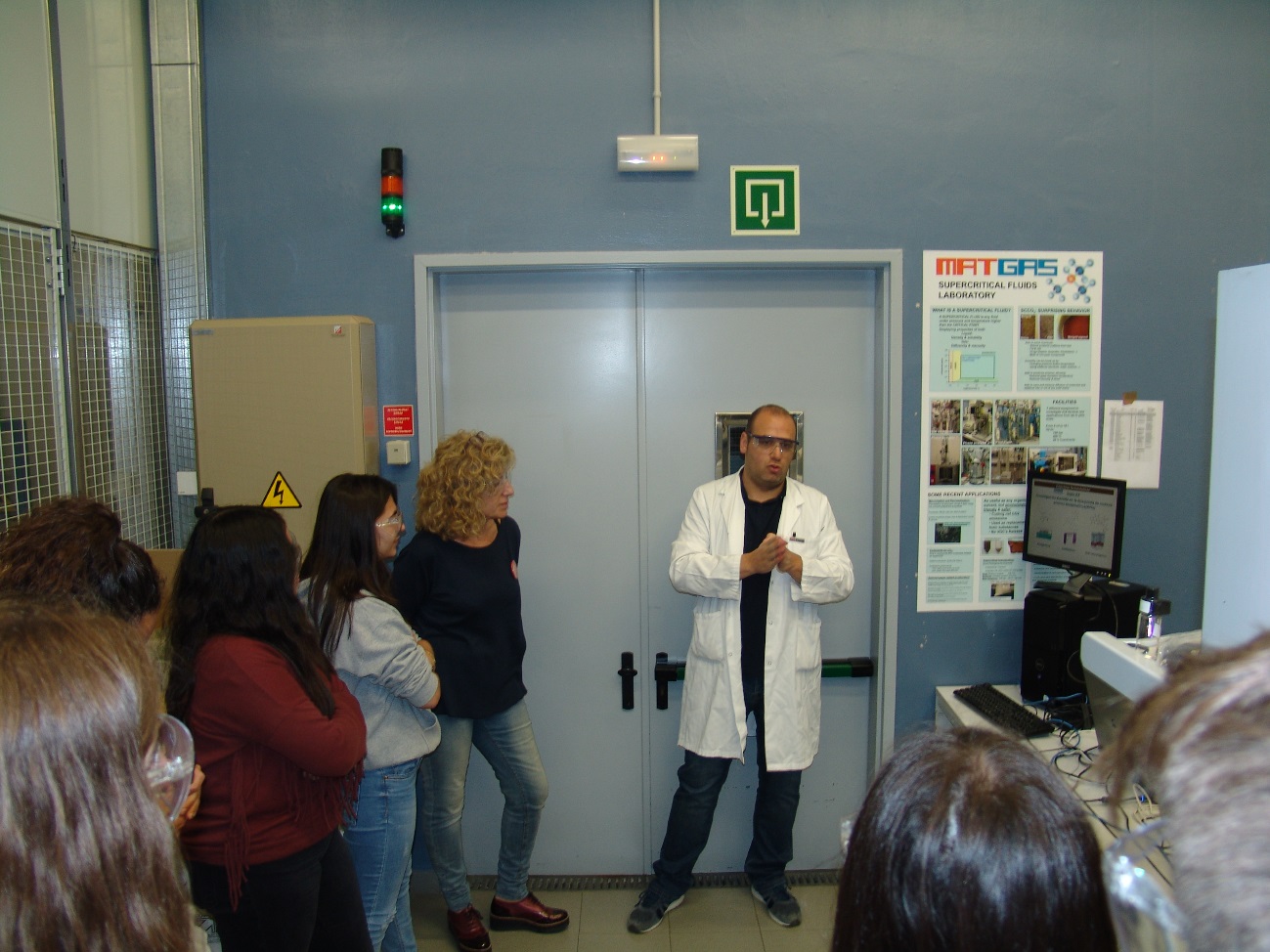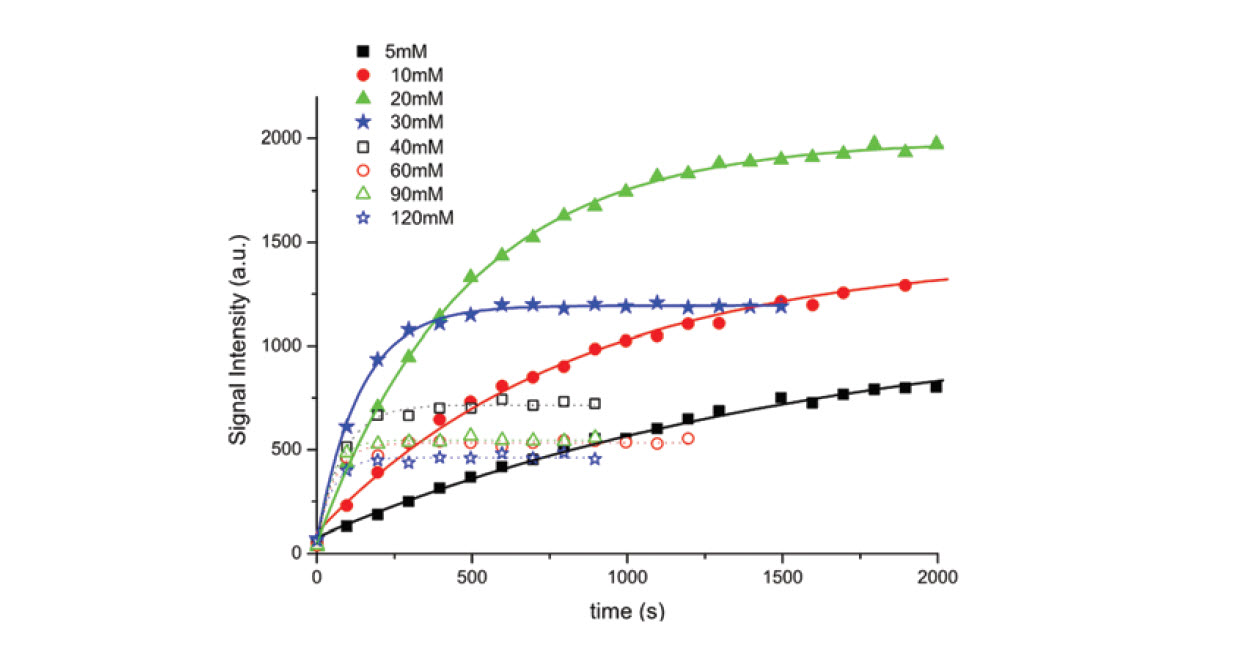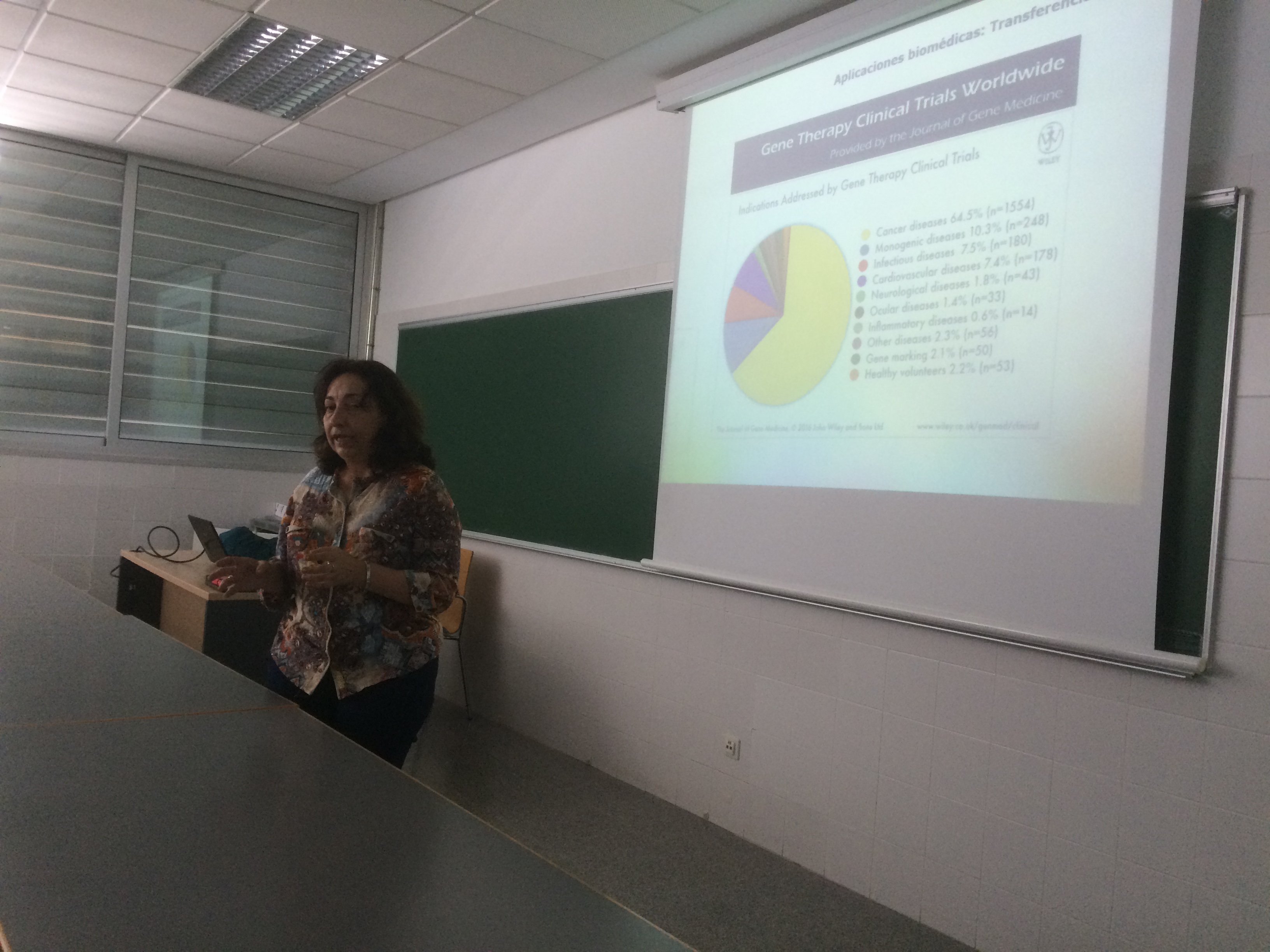DHA and l-carnitine loaded chitosan hydrogels as delivery systems for topical applications
The journal JCR Colloids and Surfaces A: Physicochemical and Engineering Aspects, has recently publish and interested article which show the results of the research lead by Jordi Esquena, Coordinator of Unit 12 of NANBIOSIS,.
The formation of biocompatible hydrogels of chitosan crosslinked with genipine deposited on textile substrates has been studied and the incorporation and release of active ingredients for cosmetic applications has been investigated. The active principles studied have been dihydroxyacetone (DHA), which produces a sunless tanning effect; And carnitine, used as anti-cellulite agent. The results have shown that crosslinking with chitosan allows controlling the release rate of the active ingredients, slowing the release by increasing the degree of cross-linking. On the other hand, it has been observed that the active principle influences the gelation and the rheological properties of the hydrogels, mainly due to the interactions of the molecules with the amino groups of the chitosan. These results have illustrated the possible use of chitosan hydrogels in cosmetic and cosmetotextile applications. For this study, techniques available on the NANBIOSIS-ICTS have been used.
